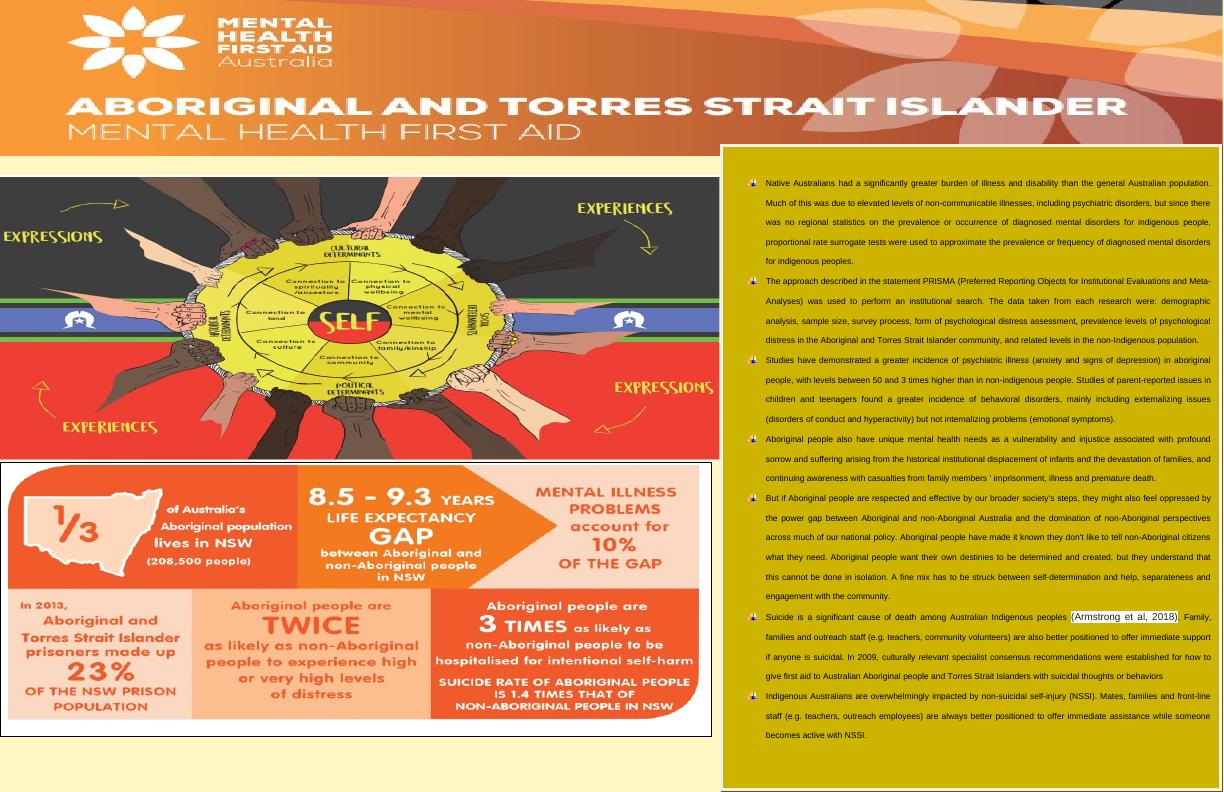Native Australians Had a Significantly Greater Burden of Illness
Added on 2022-08-21
3 Pages1736 Words13 Views
End of preview
Want to access all the pages? Upload your documents or become a member.
Depression Among Indigenous People
|12
|2573
|247
Incarcerated Aboriginal and Torres Strait Islander People: Understanding the Prevalence of Mental Illness
|3
|1679
|199
Nursing Assignment 1 – Depression & Suicide
|7
|1877
|272
NURBN2008 - Affiliation Health and Cultural Diversity
|5
|1112
|55
Mental Health Nursing Services
|9
|2348
|39
Challenges Faced by Mental Health Workers in Working with Indigenous People
|8
|1683
|285

